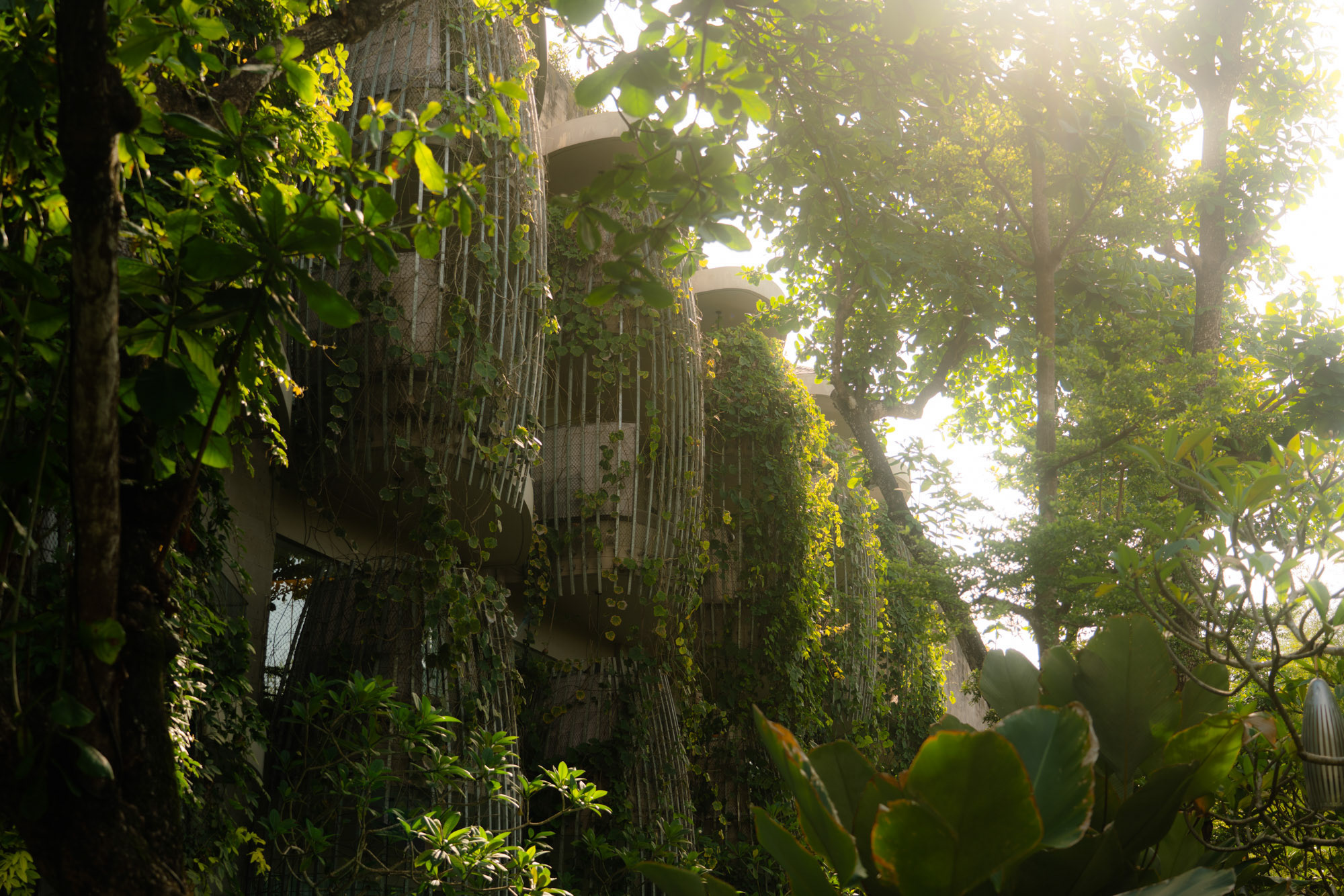Deliberate Spontaneity
Brief Overview of LAD2006 Design 3: Retrofitting Sites
The Design Studio challenges students to meticulously analyze and reconfigure the spatial patterns of current National University of Singapore (NUS) campus circulation, exploring how incorporating natural systems, sustainable practices and technical innovation can greatly enhance the journey within the campus. The focus will be on examining how landscape design can propose retrofitting ideas for campus circulation by unraveling various layers, such as water flow, fauna and flora networks, amenities in relation to topography, and human perception.
Design Proposal for LAD2006: Deliberate Spontaneity
The aim of the design proposal was to be a pilot in improving connectivity within the National University of Singapore (NUS) Campus and reduce landscape maintenance cost through adoption of Urban Spontaneous Vegetation (USV).
Reference was drawn from a research done on campus in 2017: Observation of floristic succession and biodiversity on rewilded lawns in a tropical city (Hwang, Yue & Tan, 2017), to study the effectiveness of spontaneous vegetation. Using the typology of study plots as reference, 4 study plots were identified based on their similarities in characteristics and green plot sizes (data retrieved using Esri ArcGIS and Google Earth).

Upon studying the organization's financial report and making comparisons with the cost of landscape maintenance, the pilot project could see an impact of 28.85% reduction in landscape maintenance cost.



Using Esri ArcGIS and Google Earth to identify potential sites




4 potential sites were identified based on their similarities with the study plots (green plot size and surrounding conditions)
Row 1: Sloped terrain opposite Kent Ridge Hall
Row 2: Outside of AS8
Row 3: Adjacent to TechnoEdge Canteen
Row 4: Entrance of NUS Campus
(2) and (3) were chosen as test sites for the project. Both sites were grassy fields with concrete pathways that people frequent to commute between the faculty buildings. However, it was observed that parts of the footpath have been damaged by the roots of raintrees. This made me question whether the paths created are disruptions to nature's growth and whether the design could create a means where both growth of nature and movement of humans could coexist harmoniously. Majority of the site was also filled with grass and patches of manicured planting, giving the opportunity to be turned into secondary forests with the implementation of USV.



Data was collected from each study plot in the 2017 research, observing how the different site conditions would affect the growth of Groundcovers, Grass and Sedges and Shrubs and Herbaceous plants. This would give a good understanding on the types and species of plants that would better thrive in certain conditions.

The concept was inspired by the creation of informal paths, where people would trample on field that's deemed most convenient in getting to another location and overtime, form a pathway. Both the spontaneity of plant growth and human movement could work together where paths that are rarely used based on its inconvenience in commuting would be encroached with plants, and areas that are frequently used would prevent plants from growing onto. Eventually, this would form the most efficient pathways.

Analysis was conducted to better decide how the site conditions would affect the implementation of USV and aid in forming the design proposal

The project would see the implementation of pavers, of which placement was based on analysis conducted and would direct the encroachment of plants in the most effective way. Initial planting would be intentionally placed at locations where natural elements of dispersion would then carry its seeds to various parts around the site and aid in their spread and growth.
Proposed Design of Test Site

Test Site would appear differently based on dry and wet seasons experienced in the local climate. Eventually, the intertwine of human and natural spontaneous movements would determine the most efficient pathways and ideal spots for activities.

Section AA: Implementation of different typology of pavers at different spaces.
Section BB: Amphitheatre that links to TechnoEdge Canteen. Bottom of the theatre would turn into a bio-pond during the wet season.

Projected phases of test site over the span of 4 years
The implementation of USV would change the way we view human-nature interrelations and with it's application, improve connectivity and potentially see its added benefit in reducing landscape maintenance cost.
More data is required to further prove its efficacy. Also the fact that I am unable to predict the movements of people and plants would add on to the mystery of how the actual form of the test site might turn out. The idea presented is completely conceptual at this current juncture.
I believe USV could value-add to the greening efforts within our highly urbanized context and shift the paradigm towards landscapes.
Dexter Lim
Bachelor in Landscape Architecture
AY21/22 Year 2, Semester 1


